Description
Contents :
1. Introduction to Invertebrates 1-1
2. Five Kingdom – Classification of life 1-2
3. Introduction to Protista 3-4
4.Animal Kingdom 4-6
5. Systems of Classification 7-11
6. Binomial Nomenclature 11-13
7. Levels of Organization 13-20
8. Protozoa – General Characters 21-22
9. Protozoa – Classification 22-23
10. Flagellata 23-24
11. Rhizopoda (Sarcodina) 25-25
12. Ciliophora 26-26
13. Sporozoa 27-27
14. Mycetozoa 27-28
15. Paramecium 28-51
16. Entamoeba histolytica 51-55
17. Plasmodium 56-69
18. Protozoan Parasites 69-77
19. Locomotion in Protozoa 78-86
20. Nutrition in Protozoa 86-90
21. Porifera General Characters 91-92
22. Porifera Classification 93-93
23. Calcarea 93-93
24. Hexactinellida 94-94
25. Demospongia 94-94
26.Ascon Sponge (Leucosolenia) 95-100
27. Canal System in Sponges 100-106
28. Cnidaria (Coelenterata) General Characters 107-108
29. Coelenterata -Classification 108-109
30. Hydrozoa 109-109
31. Scyphozoa 110-111
32.Anthozoa 111-115
33. Obelia 116-131
34. Polymorphism in Coelenterata 132-136
35. Corals 137-141
36. Coral Reefs 141-145
37. Salient features of Ctenophora 146-151
38. Platyhelminthes General Characters 152 -153
39. Platyhelminthes Classification 153-153
40. Turbellaria 154-154
41. Trematoda 155-156
42 Cestoda 156-156
43. Liver Fluke (Fasciola hepatica) 157-172
44. ParasiticAdaptations of Platyhelminthes 172-178
45. Nematoda (Aschelminthes) General Characters 179-190
46. Aschelminthes – Classification 180-180
47. Ascaris lumbricoides 180-190
48. Wuchereria bancrofti (Filarial worm) 190-194
49. Dracunculus medinensis (Guinea worm) 194-195
50. ParasiticAdaptations of Ascaris or Nematodes 195-196
51.Annelida – General Characters 197-198
52.Annelida Classification 198-198
53. Polychaeta 199-201
54. Oligochaeta 202-203
55. Hirudinea 203-205
56. Archiannelida 206-206
57. Echiuroidea 206-206
58. Sipunculoidea 207-207
59. Priapulida 207-207
60. Myzostomaria 208-208
61. Metamerism inAnnelida 208-213
62. Filter Feeding in Polychaetes 213-218
63. Biological Significance of Earthworm 218-223
64.Arthropoda General Characters 224-225
65.Arthropoda Classification 225-225
66. Onychophora 226-226
67. Tardigrada 226-226
68. Pentastomida 227-227
69. Trilobitomorpha 227-227
70. Chelicerata 228-228
71. Merostomata 228-228
72.Arachnida 229-229
73. Pycnogonida 230-230
74. Mandibulata 230-230
75. Crustacea 230-231
76. Myriapoda 232-232
77. Insecta 232-233
78. Penaeus – Marine Prawn 234-267
79. Sacculina 268-271
80. Limulus 271-273
81. Peripatus 273-276
82. Crustacean Parasites 276-279
83. Mouthparts in Insects 279-284
84. Social Life in Insects 284-289
85. Mollusca General Characters 290-291
86. Mollusca – Classification 291-291
87.Aplacophora 291-292
88. Monoplacophora 292-292
89. Polyplacophora 293-293
90. Gastropoda 293-294
91. Scaphopoda 294-295
92. Pelecypoda 295-295
93. Cephalopoda 296-296
94. Pila 297-320
95. Torsion in Mollusca 320-325
96. Cephalopods are Advanced Molluscs 325-328
97. Pearl Industry 328-332
98. Oyster Culture 332-336
99. Echinodermata – General Characters 337-338
100. Echinodermata – Classification 338-338
101. Eleutherozoa 339-339
102. Asteroidea 339-339
103. Ophiuroidea 340-340
104. Echinoidea 340-341
105. Holothuroidea 341-341
106. Ophiocistioidea 341-342
107. Pelmatozoa 342-342
108. Crinoidea 342-342
109. Heterostelea 343-343
110. Cystidea 343-343
111. Blastoidea 343-344
112. Edrioasteroidea 344-344
113. Star Fish – (Asterias rubens) 344 -362
114. T.S. of anArm of Star Fish 362-364
115. Pedicellariae 364 -367
116. Larval Forms of Echinodermata 367-372


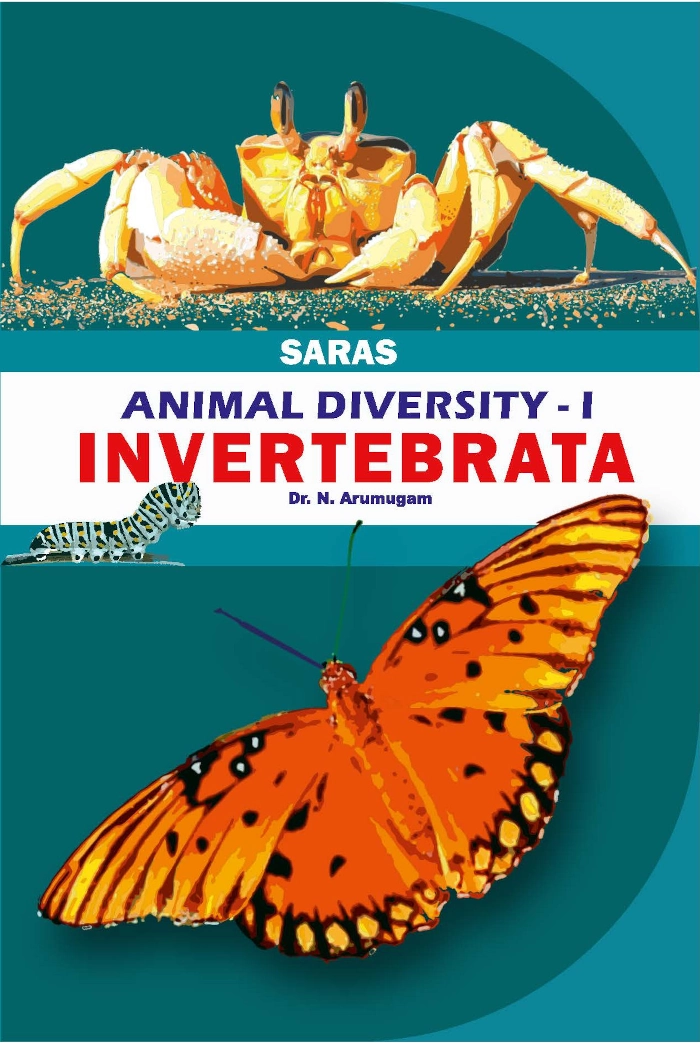
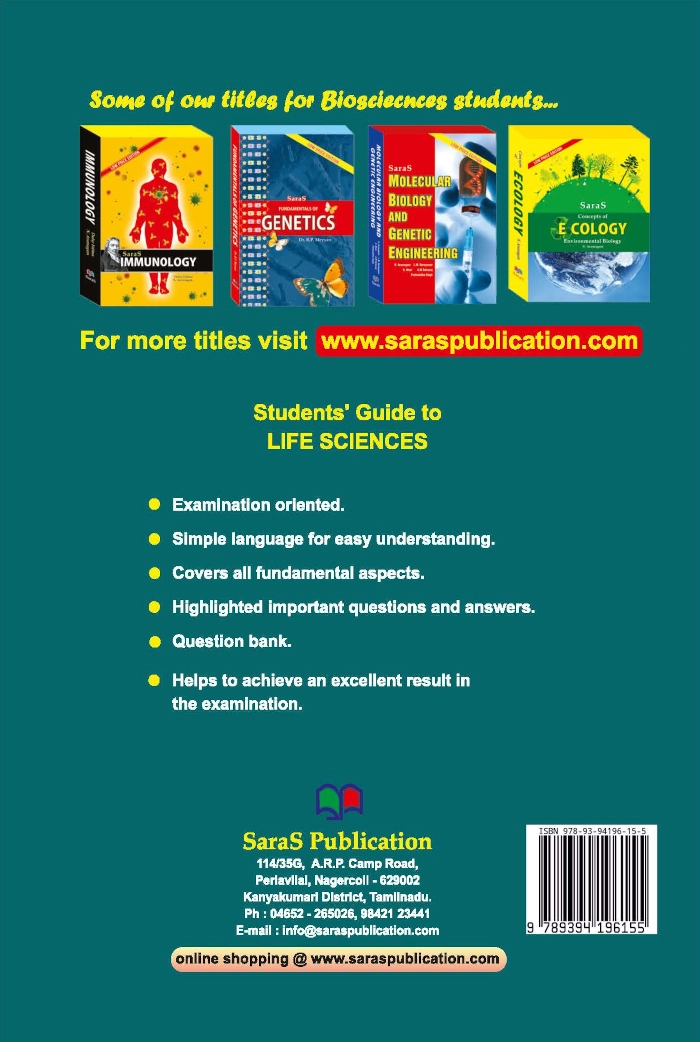
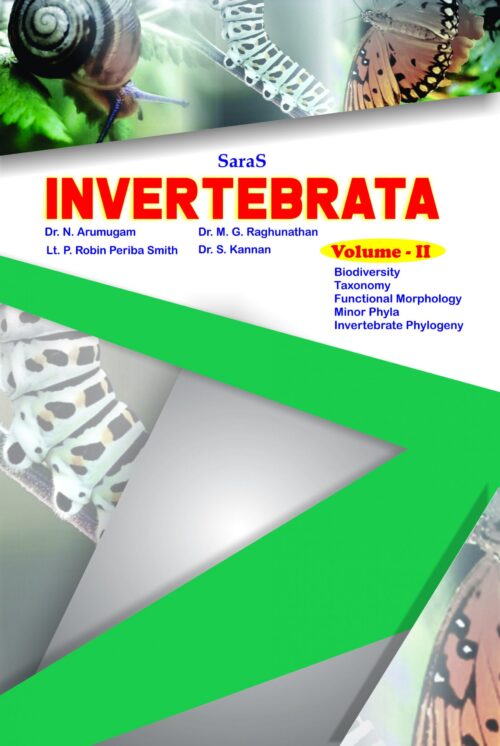
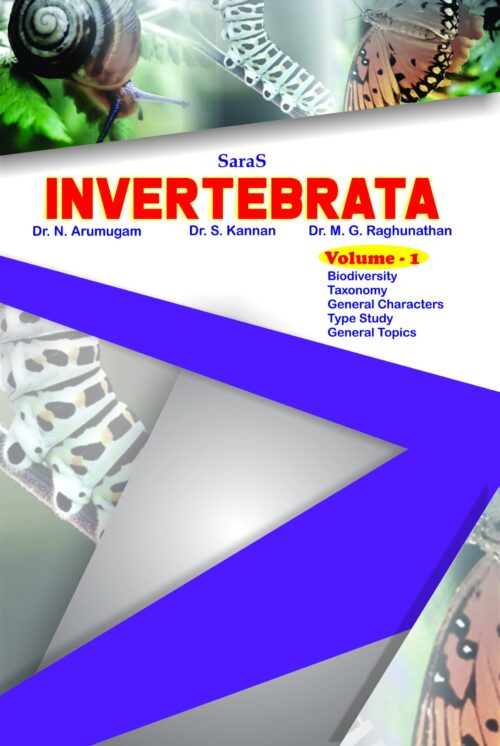
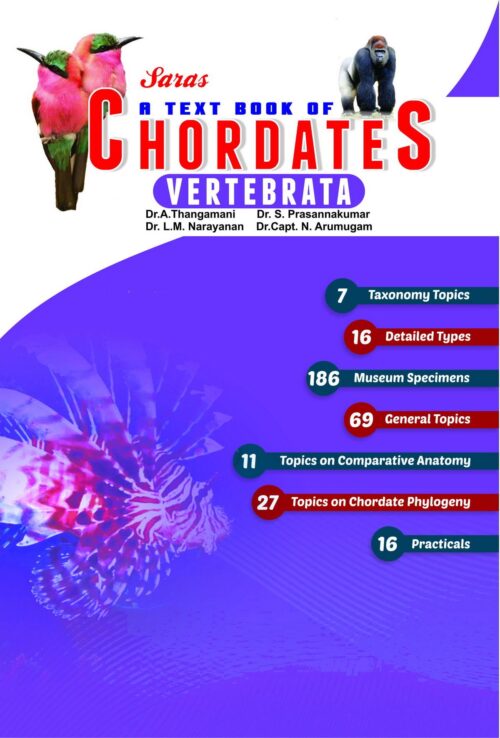
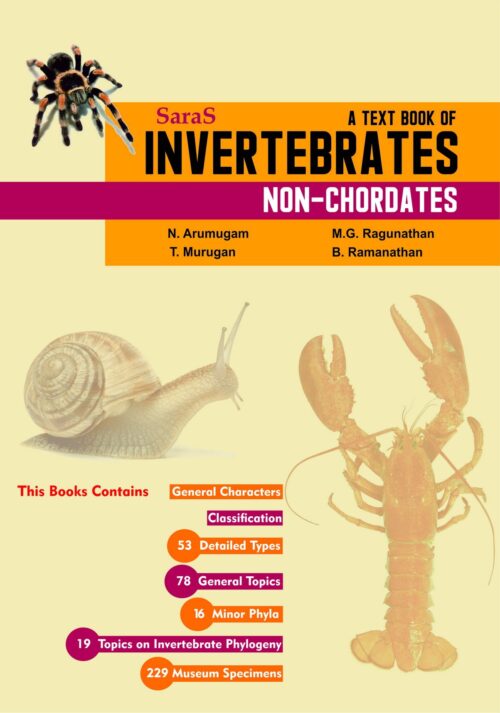
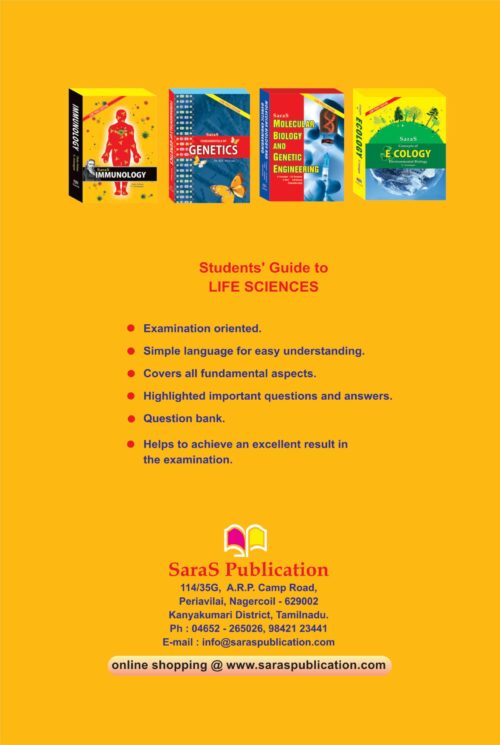
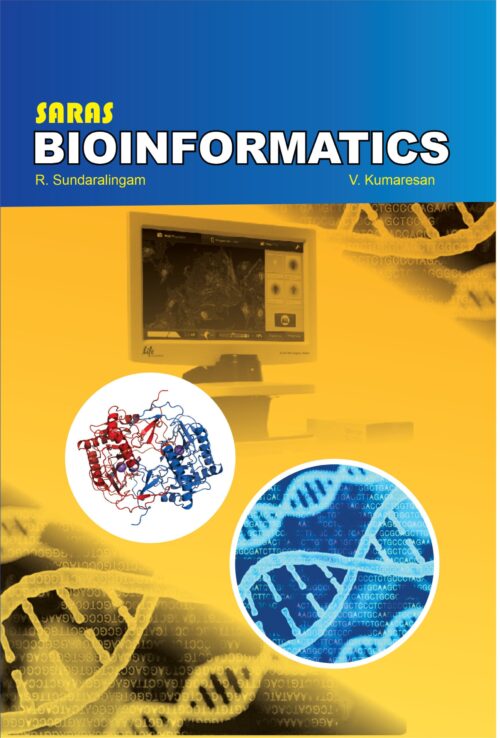
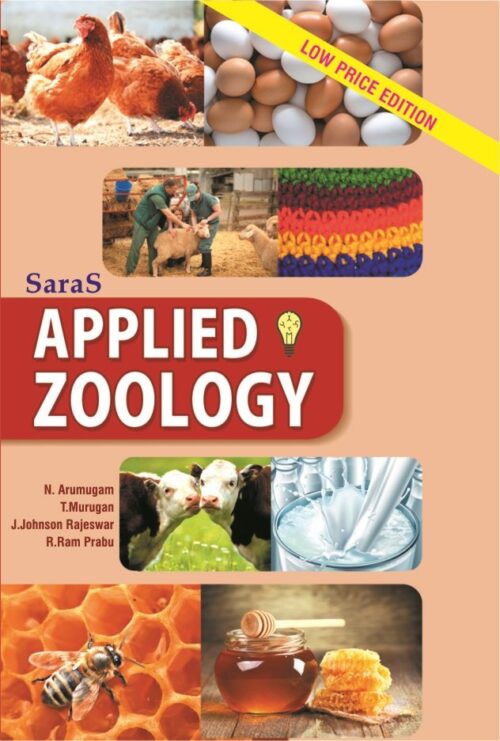
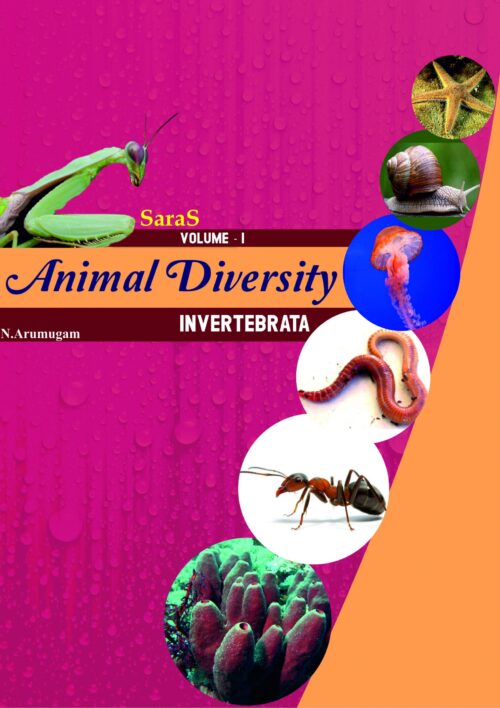
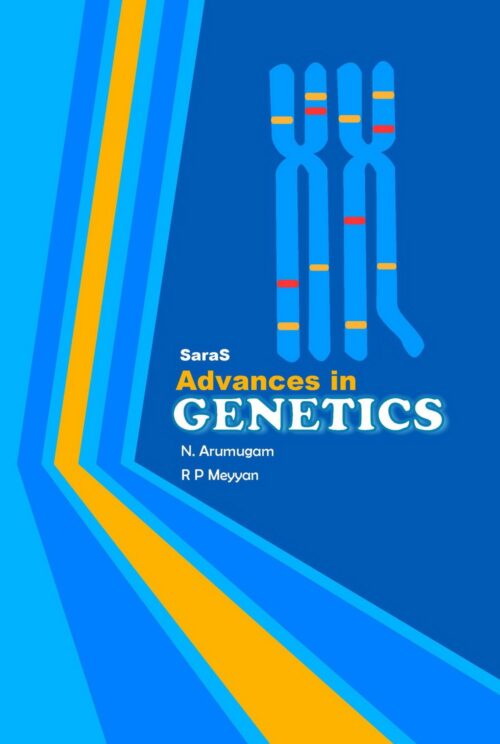
Reviews
There are no reviews yet.